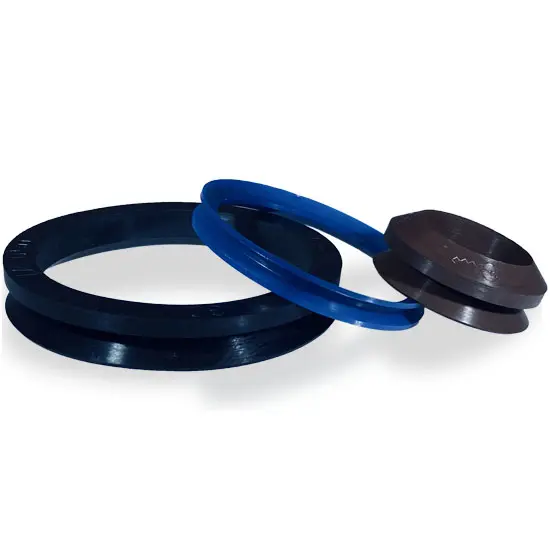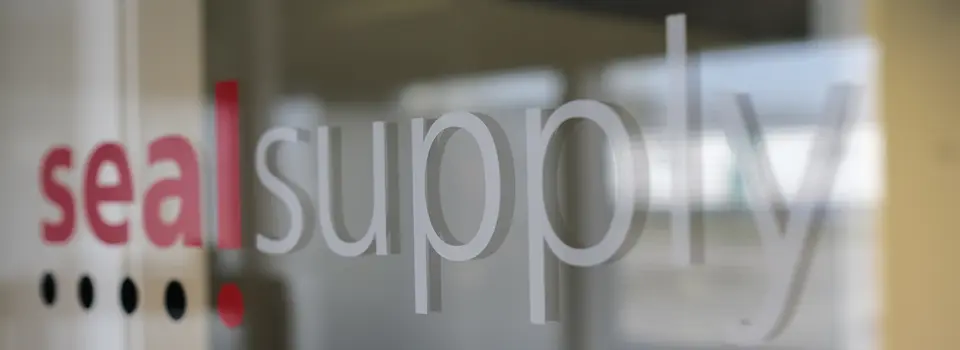
V-rings
V-rings are rotary seals that can perform a variety of tasks when sealing rotating shafts. V-rings serve as a seal against the ingress of dirt, dust or water. In addition, V-rings serve as a seal against grease leaking from a housing.
Read moreV-rings
V-rings are rotary seals that can perform numerous jobs in their function of sealing rotating shafts:
sealing against the penetration of dirt, dust, water or watery pollutants
combination with other sealing elements, e.g.the protection of a radial shaft sealing ring against external contamination
sealing against fat leaking from a housing
Advatages of V-rings:
perse fields of application
no high requirements as regards the shaft and housing designs
low friction
high circumferential speeds are possible as a result of reduced friction
relatively insusceptible to coaxiality and radial eccentricity
long service life
easy installation
Structure and function
V-rings consist completely of elastomer. Their V-shaped profile consists of a relatively solid retaining part and a fl exible sealing lip that are „hinged“ together at the „V’s“ vertex. V-rings will be expanded while being installed, moved into the intended position on the shaft and cling to the shaft surface as a result of their internal stress. V-rings will rotate with the shaft and provide sealing in axialdirection against a counter face that is positioned verticallyto it. As a result of the perse fi elds of application for Vrings the counter face can be formed by:
the housing itself
a housing cover
a pressed-in metal sheet
the face of a roller bearing’s external ring
the metallic stiffetc
During the shaft’s standstill, the sealing lip clings to the counter face due to its initial contact pressure. Once the shaft starts rotating, the centrifugal force acts in radialdirection on the sealing lip, while the contact pressure drops with the increasing cir-cumferential speed.
The sealing lip starts to lift off the counter face from a circumfer-ential speed of approx. 15-20 m/s and the contact pressure drops to almost nil. The friction losses will increase with the rising circumferential speed almostlinearly up to approx. 10 m/s. The friction losses will decrease to 10 ... 12 m/s and drop almost to nil in the range between 15 and 20 m/s.
A V-ring‘s sealing eff ect is based on the contact between sealing lip and counter face and, additionally, on the entrifugal effect caused by the V-ring’s rotation. Once the sealing lip takes off at a very high circumferential speed, the V-ring will act as gap ring and centrifugal disk.
Construction types/designs
In order to cover the wide range of possible applications, we have 3 standard designs in stock, made of 2 different materials each (NBR and FKM)
VR-A10
most commonly used standard designwith straight sealing back
VR-S10
the same design as VR-A10 in the lip area, complemented by a conically extended retain-ing part, thus providing a better seat on the shaft
VR-L10
small profile geometry for compact installation conditions uniform profile for all diameters
We can offer further construction types/designs on request, e.g.
VR-E10
VR-AX10
